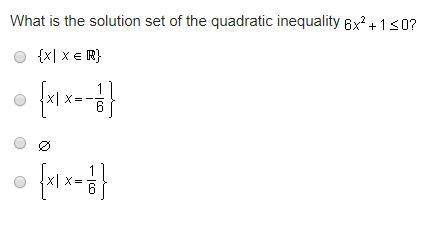The following values represent exponential function ƒ(x) and linear function g(x).
ƒ(1) = 2 g(...

Mathematics, 13.10.2019 09:30 bandiadummy8595
The following values represent exponential function ƒ(x) and linear function g(x).
ƒ(1) = 2 g(1) = 2.5
ƒ(2) = 6 g(2) = 4
a. determine whether or not there is a solution to the equation in 2-3 sentences describe whether there is a solution to the equation ƒ(x)=g(x) between x=1 and x=2.
b. use complete sentences to justify your claim.

Answers: 2


Other questions on the subject: Mathematics

Mathematics, 21.06.2019 23:00, DisneyGirl11
In an equilateral triangle, each angle is represented by 5y+3. what is the value of y? a. 9.7 b. 10.8 c. 11.4 d. 7.2
Answers: 1

Mathematics, 22.06.2019 00:00, mattiemattoos
One of the complementary angles is 4 degrees mor than the other. find the angles (recall that complementary angles are angles whose sum is 90 degrees.) which of the following can not be used to solve the problem if x represents one of the angles? a. 2x-4=90 b. 2x+4=90 c. x+4=90
Answers: 1


Mathematics, 22.06.2019 00:50, edith47
Randy and trey take turns cleaning offices on the weekends. it takes randy at most 4 hours to clean the offices. it takes trey at most 6 hours to clean the offices. what is the greatest amount of time it would take them to clean the offices together? 2.4 hours 2.5 hours
Answers: 3
You know the right answer?
Questions in other subjects:



Mathematics, 15.10.2021 01:20


Mathematics, 15.10.2021 01:20


Mathematics, 15.10.2021 01:20

Mathematics, 15.10.2021 01:20

History, 15.10.2021 01:20

Mathematics, 15.10.2021 01:20






